
Does Your Diamond's Certificate Correlates With It's Appearance?
Can two diamonds have the same certificate credentials and look differently at the same time? Allegedly, the answer is NO. Why would it be? If the color, clarity, and cut are identical what can cause a visual difference?

On the surface, things may seem that way. People got used to the idea that having a diamond with higher color and clarity grades results in a mesmerizing diamond. But the certificate credentials and the visual appearance are not necessarily linked. Why? Let's think about it.
Firstly, there is transparency. This highly important quality of a diamond isn’t reflected on your regular GIA (or any other gemological institution) certificate. A milky diamond can get a lower clarity grade, but the definition of clarity focuses more on inclusions such as white/black spots, feathers, and cracks. And as we know, a foggy day keeps the sun out, regardless of the other conditions.

Secondly, the light beam travels in a diamond which uses as the prism that breaks the light and creates the sparkle and fire effects. The color of the diamond can slightly affect its sparkle and fire hues, but not their existence nor their intensity. The prism refracts the light to its spectral colors (fire), and the arrows create the sparkle and light symmetry.
Another aspect is the clarity grade. When discussing light performing diamonds, it's hard to imagine a highly included diamond as one. That said, there are "salt and pepper" diamonds with high levels of brilliance and sparkle, as these are caused by the diamond's structure itself (will be discussed next). So, when discussing light performance in diamonds, we focus on "eye clean" diamonds, graded SI2 and up. These provide sufficient conditions for all Light Performance aspects to exist, as on top of the cutting angles and proportions, the inclusions are relatively small so has little effect on light dispersion and reflection.

Side note: One article in this series will review how Clarity Enhancement can improve a diamond's light performance. Clarity enhancement is performed on highly included diamonds, with cracks and black and white spots. It's amazing to see how light travels through a filled crack on its way to the viewer's eye.
Fourthly, we have the carat size. Does a diamond's physical size correlate to its light performance? In short, NO!
Bigger is not better when it comes to a diamond's appearance. You may witness a visual difference between 2 identical diamonds, that are dramatically different in size. As long as the other credentials are identical, you can have any size and expect similar performance.
Finally, it all comes down to the cut. A diamond's cut, and its sub, proportions, are and will be the most important attributes in light performance and are the main reason why two diamonds with the same certificate credentials can look so different.

From the GIA website: " A diamond’s proportions can help predict how well a diamond will deliver brightness, fire, and scintillation. However… there is no single set of proportions that defines a well-cut round brilliant diamond. In fact, diamonds with different proportions can receive the same cut grade. The diamonds may look and perform differently but they will still have a similar impact on the observer."
By "proportions", I mean all the ratios and angles a structure like a round-cut diamond has. See the illustration below. There are many angles and ratios, and the right combination of them all will maximize the light return of a diamond, by reflecting out more light. You would like to avoid a wide table, thick girdle, high crown angle, high/low total depth (height/width).
In conclusion, when you intend to buy your diamonds, consider these factors. Ask to see the diamond in different lightings, have it analyzed with the ASET scope, get a slip to see the proportions, and most importantly test it with your own eyes.

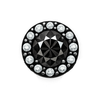
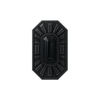

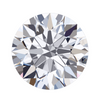

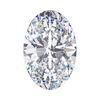
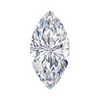
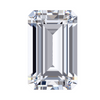
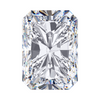
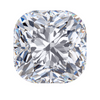


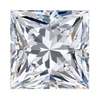
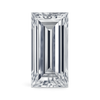
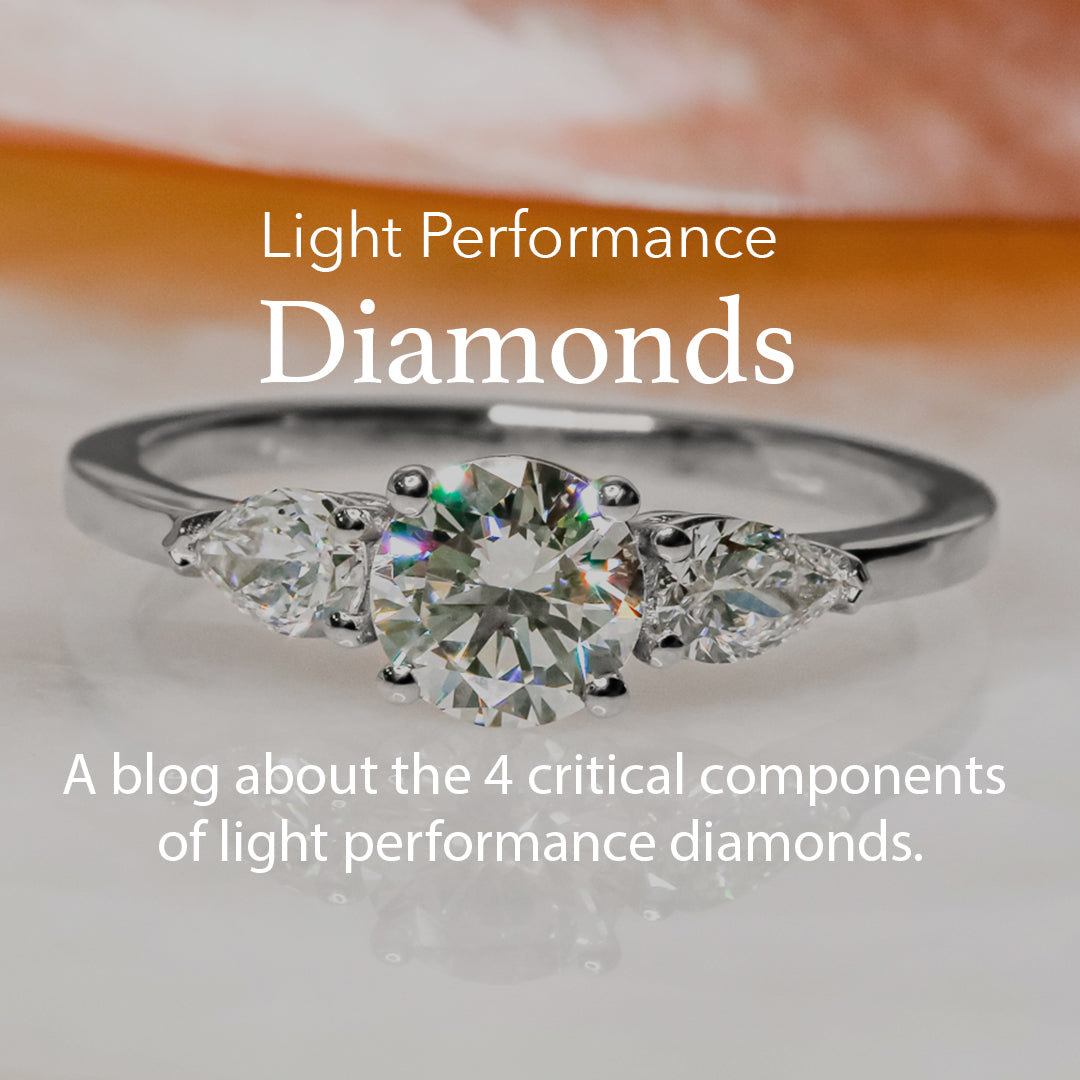
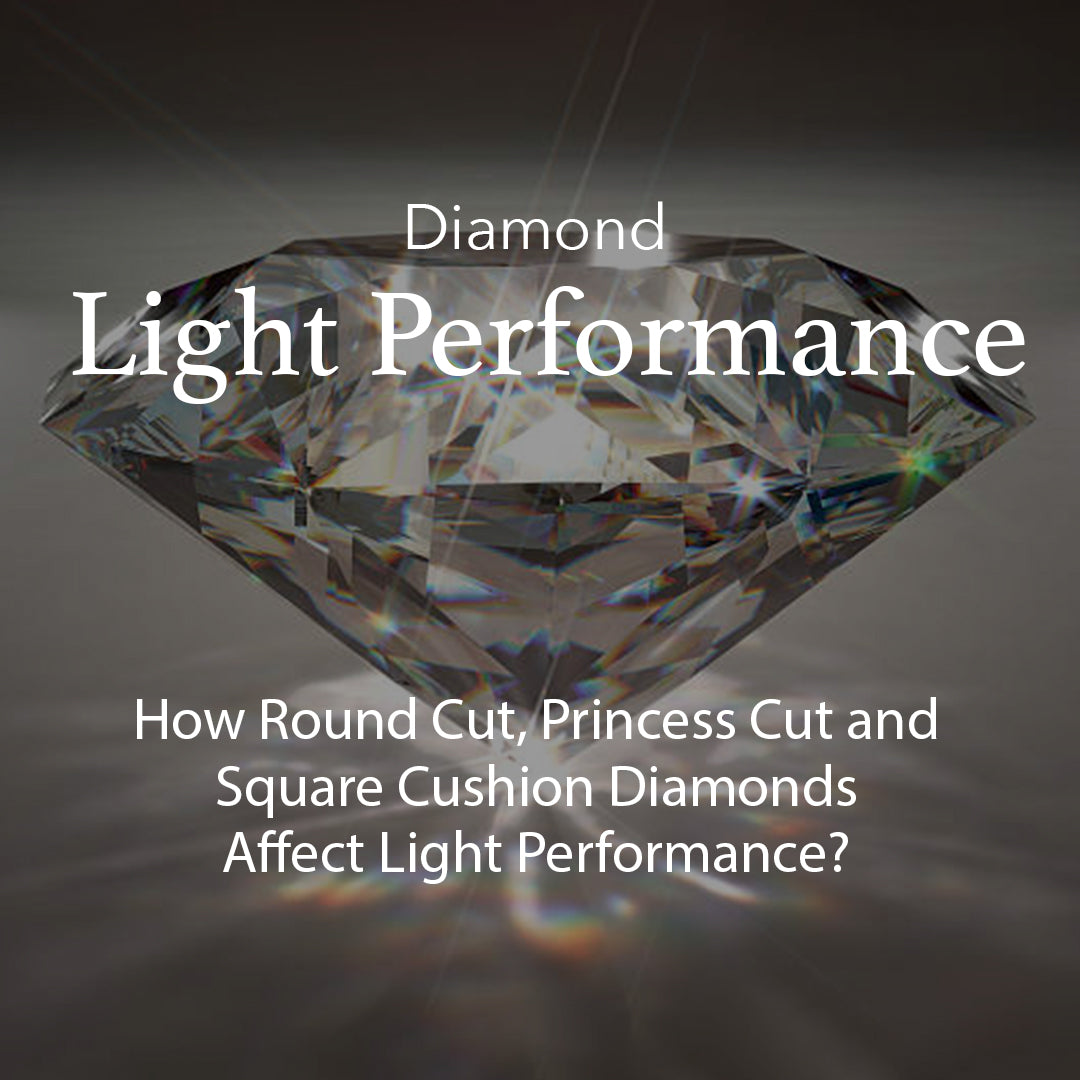
Leave a comment
This site is protected by hCaptcha and the hCaptcha Privacy Policy and Terms of Service apply.